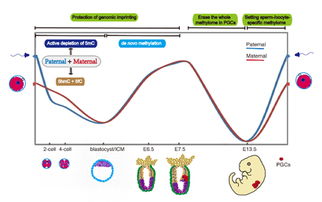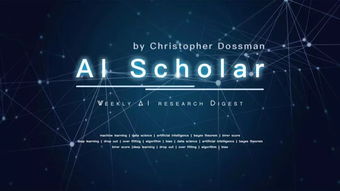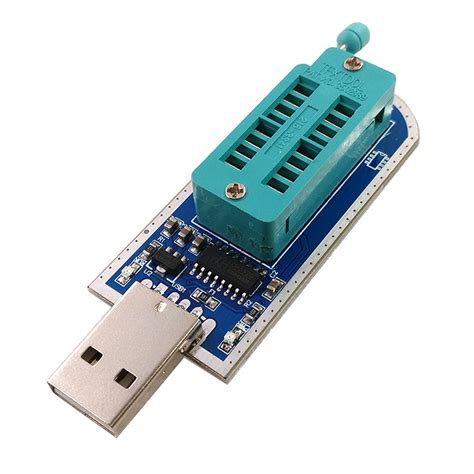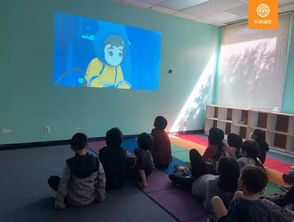Title: Unlocking the Potential of Digital Cell Programming
In the realm of biology, digital cell programming stands as a revolutionary concept, intertwining the principles of computer science and cellular biology. This interdisciplinary field holds immense promise, offering opportunities for groundbreaking advancements in healthcare, biotechnology, and beyond. Let's delve into the intricacies of digital cell programming and explore its potential applications and future prospects.
Understanding Digital Cell Programming
Digital cell programming involves the manipulation of cellular behavior using computational tools and techniques. At its core lies the ability to engineer cells to perform specific functions, akin to programming a computer to execute predetermined tasks. This process often relies on synthetic biology, where genetic components are designed, modified, and integrated into living cells to achieve desired functionalities.
Applications Across Industries
1.
Healthcare
: One of the most prominent applications of digital cell programming is in healthcare. By programming cells to target diseased tissues or produce therapeutic molecules, researchers are paving the way for personalized medicine and more effective treatments for a myriad of illnesses, including cancer, genetic disorders, and autoimmune diseases.
2.
Biotechnology
: In the realm of biotechnology, digital cell programming enables the production of valuable compounds through microbial fermentation. By engineering microorganisms such as bacteria or yeast, scientists can optimize metabolic pathways for the synthesis of pharmaceuticals, biofuels, enzymes, and other bioproducts.3.
Environmental Remediation
: Digital cell programming holds promise for environmental remediation efforts. Engineered microbes can be deployed to degrade pollutants, clean up oil spills, or sequester carbon dioxide, offering sustainable solutions to environmental challenges.4.
Agriculture
: In agriculture, digital cell programming can enhance crop productivity and resilience. By modifying plant genomes, researchers aim to develop crops that are more resistant to pests and diseases, require fewer inputs such as water and fertilizers, and exhibit improved nutritional profiles.5.
Biocomputing
: Digital cell programming intersects with the field of biocomputing, where biological systems are harnessed to perform computational tasks. By leveraging the parallelism and information processing capabilities of living cells, scientists are exploring novel approaches to data storage, encryption, and even bioinspired computing architectures.Challenges and Considerations
Despite its immense potential, digital cell programming faces several challenges and considerations:
Complexity
: Biological systems are inherently complex, and engineering cells with precision remains a daunting task. Researchers must grapple with issues such as genetic instability, unintended side effects, and the intricate interplay of cellular pathways.
Ethical and Regulatory Concerns
: The manipulation of living organisms raises ethical questions regarding safety, environmental impact, and the potential misuse of biotechnology. Robust regulatory frameworks are essential to ensure responsible innovation and mitigate risks.
Standardization and Scalability
: Establishing standardized methodologies and tools for digital cell programming is crucial for reproducibility and scalability. Efforts to develop reliable genetic circuits, modeling platforms, and automation technologies are ongoing but require further refinement.Future Directions
Looking ahead, the future of digital cell programming holds immense promise. Advancements in gene editing technologies such as CRISPRCas9, along with computational tools for genome design and simulation, will empower researchers to engineer cells with unprecedented precision and efficiency. Moreover, interdisciplinary collaborations across fields such as biology, computer science, and engineering will drive innovation and expand the applications of digital cell programming.
Conclusion
Digital cell programming represents a convergence of biology and technology, offering transformative solutions to some of the most pressing challenges facing humanity. By harnessing the power of cellular machinery and computational algorithms, researchers are unlocking new possibilities in medicine, biotechnology, environmental conservation, and beyond. As we navigate the complexities of this burgeoning field, it is imperative to embrace responsible practices, ethical considerations, and collaborative approaches to realize its full potential for the betterment of society.
This journey into the realm of digital cell programming marks not only a scientific endeavor but a testament to human ingenuity and our quest to unravel the mysteries of life itself.
Keywords:
Digital Cell Programming, Synthetic Biology, Healthcare, Biotechnology, Environmental Remediation, Agriculture, Biocomputing.This response provides a comprehensive overview of digital cell programming, exploring its applications across various industries, challenges, future directions, and ethical considerations.
版权声明
本文仅代表作者观点,不代表百度立场。
本文系作者授权百度百家发表,未经许可,不得转载。











